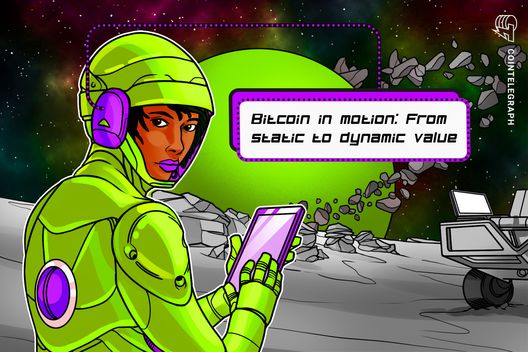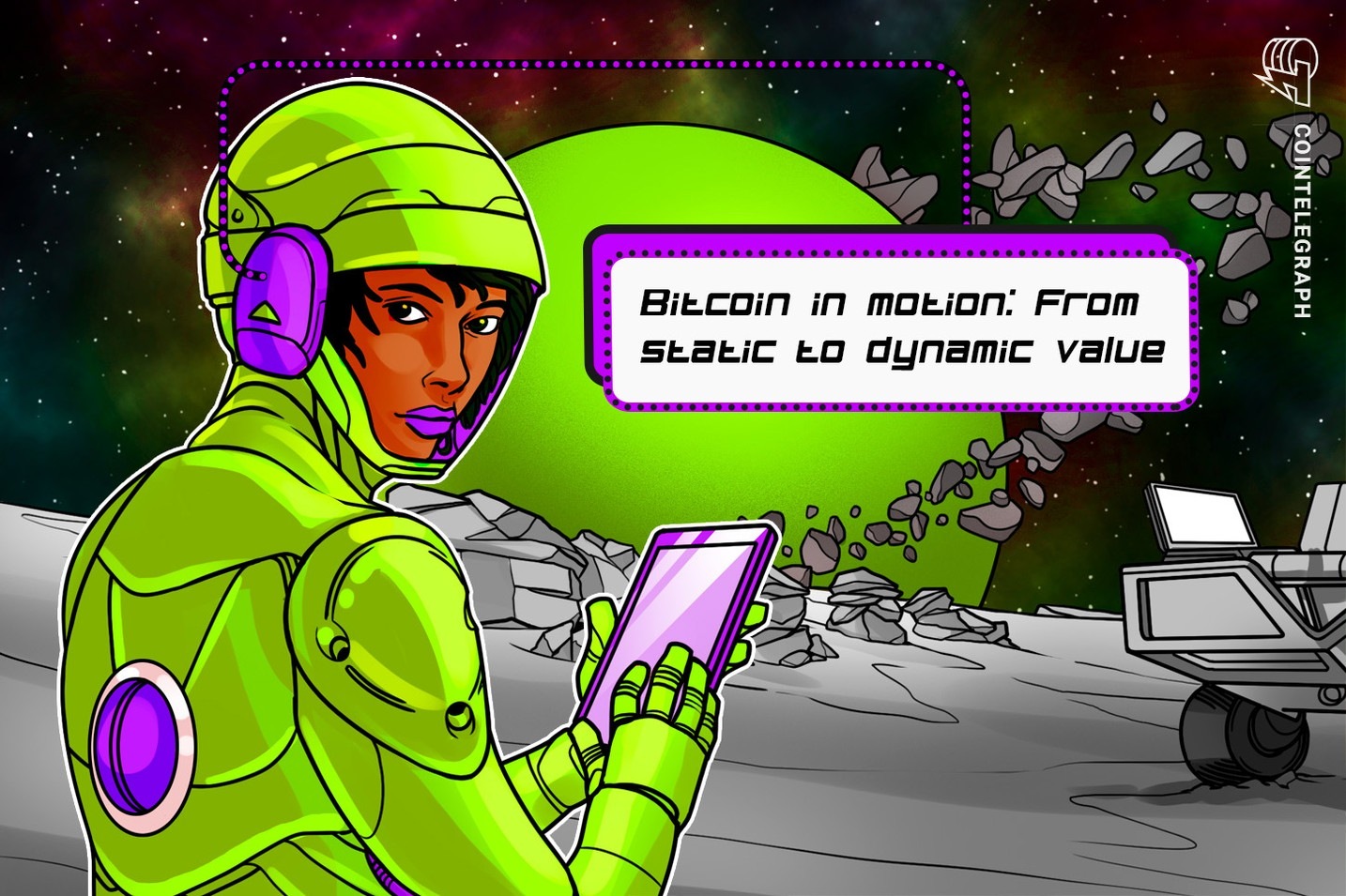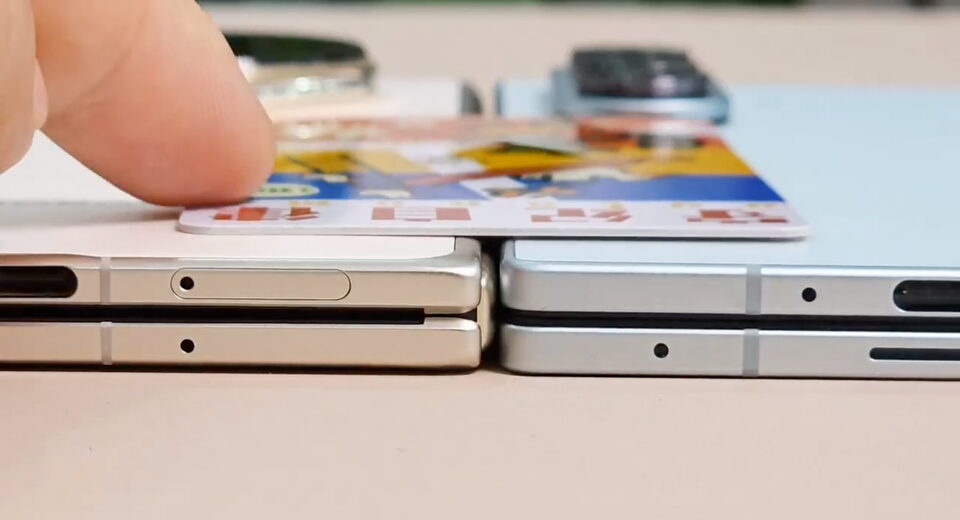Bitcoin’s next chapter: From passive asset to financial powerhouse

This episode of the Clear Crypto Podcast uncovers how Bitcoin is shedding its passive role and becoming a usable financial tool through wrapped assets, bridges and new DeFi use cases.

For years, Bitcoin (BTC) has remained in digital hibernation, meaning it is held tightly in wallets and admired as “digital gold,” though rarely used. According to StarkWare’s Bitcoin lead Ilia Volokh, that era may be ending.
On the latest episode of The Clear Crypto Podcast, hosts Nathan Jeffay and Gareth Jenkinson dig into what it means for Bitcoin to evolve from a static store of value to a dynamic financial instrument.
Unlocking new use cases
The conversation centers on how innovations like wrapped Bitcoin and trustless bridges may unlock new uses for the world’s most well-known cryptocurrency.
“There is a fantasy that people have that they will put gold under their mattress and that it will somehow multiply. And obviously for gold under the mattress in the literal sense, this is out of the question,” said Volokh. “For Bitcoin, it’s not as clear that it’s out of the question.”
The technical barrier, he explains, is that Bitcoin’s base protocol was intentionally designed with limited functionality.
Unlike Ether (ETH) or Solana (SOL), Bitcoin doesn’t natively support smart contracts or decentralized finance (DeFi) applications. Still, demand is growing for exactly that kind of functionality.
“People want to do stuff with it, but they can’t do that much yet,” said Jenkinson. However, Volokh points to a near future where that might be changing.
“We’re finally getting to a point where there are technological innovations that allow you to do different things with Bitcoin.”
Related: Is FOMO back? Bitcoin first timers buy 140K BTC in 2 weeks
Wrapped Bitcoin FTW?
The first workaround is “wrapped Bitcoin,” which lets users deposit BTC with a trusted party who issues a tokenized version on another chain like Ethereum. But this method requires giving up custody and is something many die-hard Bitcoiners fiercely oppose.
“For many Bitcoiners, this is pretty much the worst case scenario… They do not want to accept this drawback.”
Enter the next generation: trustless or low-trust bridges. These tools allow Bitcoin holders to interact with DeFi protocols without relinquishing control of their assets.
While truly trustless solutions would require protocol changes, such as enabling OP_CAT, a long-discussed opcode, Volokh acknowledges that cultural resistance within the Bitcoin core community makes this unlikely.
Still, hybrid approaches are gaining traction, particularly for two real-world use cases: borrowing dollars against Bitcoin and generating yield through BTC “vaults” managed by third parties. Both are already being used at scale.
“It will just be good to connect this huge chunk of capital to the rest of finance.” - Ilia Volokh
To hear the complete conversation on the Clear Crypto Podcast, listen to the full episode on Cointelegraph’s Podcasts page, Apple Podcasts or Spotify. And don’t forget to check out Cointelegraph’s full lineup of other shows!
Magazine: US risks being ‘front run’ on Bitcoin reserve by other nations — Samson Mow
What's Your Reaction?
 Like
0
Like
0
 Dislike
0
Dislike
0
 Love
0
Love
0
 Funny
0
Funny
0
 Angry
0
Angry
0
 Sad
0
Sad
0
 Wow
0
Wow
0











































